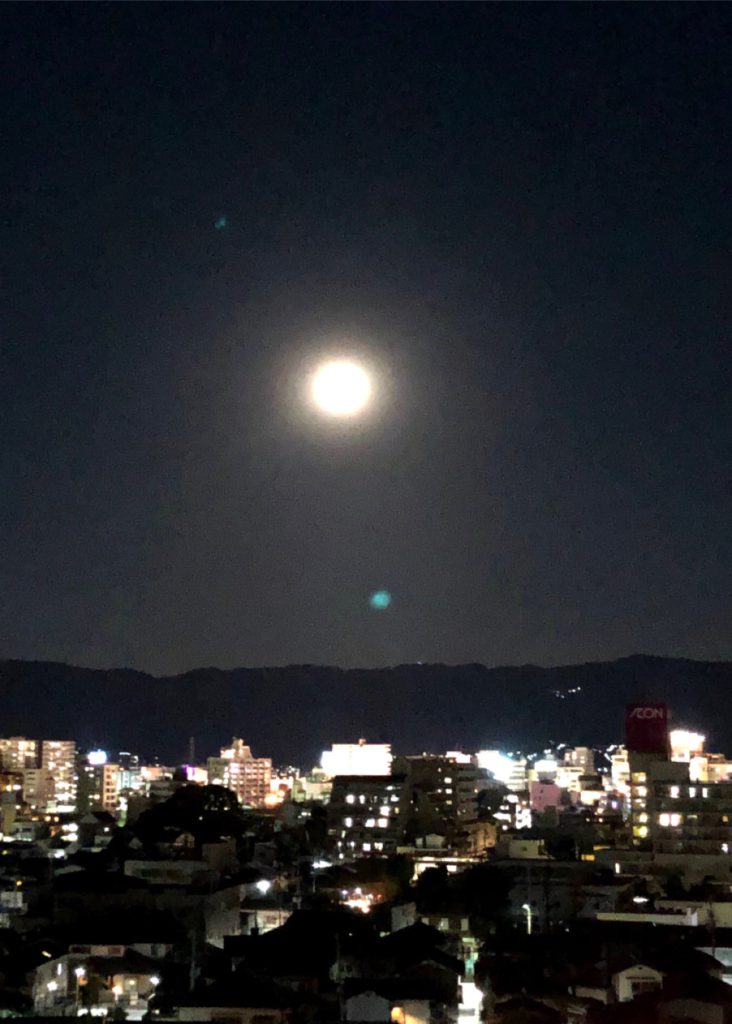
On January 15, 2022, the submarine volcano “Hunga Tonga Hunga Harpai” off the coast of Tonga erupted. It is a large eruption that is said to be “once in 100 years” and “once in 1000 years”. It is said that the eruption has a height of about 20 km and a radius of about 240 km. In the future, dust will stay in the atmosphere for a long time and block sunlight, which may cool the earth. In the 1991 eruption of Mount Pinatubo on Luzon Island, Philippines, which is said to be the largest volcanic eruption in the 20th century, the eruption reached the stratosphere and blocked sunlight, causing the temperature to drop by about 0.5 degrees on a global scale. In the northern hemisphere, crops have become poor in some areas, which are about twice as low as usual, and even in Japan, it was a record cold summer in 1993, and the government has had the experience of urgently importing Thai rice and other rice. In addition, there are concerns about tight energy supply. With the growing reliance on solar power, solar power is an unreliable energy in an emergency. Nuclear power generation is one of the strengths of such an emergency. It is unpredictable what the impact of the Tonga volcanic eruption will be in the future, but I think we must build a system that can restart nuclear power generation at any time.
2022年1月15日、トンガ沖の海底火山「フンガトンガ・フンガハーパイ」が大噴火をおこしました。「100年に一度」「1000年に一度」とも言われる大噴火です。噴煙が高さが約20キロ、半径約240キロも広がったとされています。今後、大気中に粉塵が長時間とどまり、太陽光を遮断することで、地球が寒冷化する可能性があります。20世紀最大の火山噴火と言われている1991年のフィリピン・ルソン島にあるピナトゥボ火山の噴火では、噴煙が成層圏までに達し、日光を遮断したために地球規模で気温が約0.5度低下しました。北半球では、例年に比べ2度ほど低い地域も出て農作物が不作となり、日本でも93年には記録的な冷夏で、政府はタイ米などを緊急輸入した経験があります。また、エネルギー供給の逼迫が懸念されます。太陽光発電に依存する度合いが深まるなか、太陽光発電は緊急時に信用できないエネルギーといえます。そんな緊急時に強みを発揮するのが原子力発電です。今後、トンガの火山噴火による影響がどうなるか予想できませんが、いつでも原子力発電を再稼働できる体制を構築しておかねばならないと思います。
